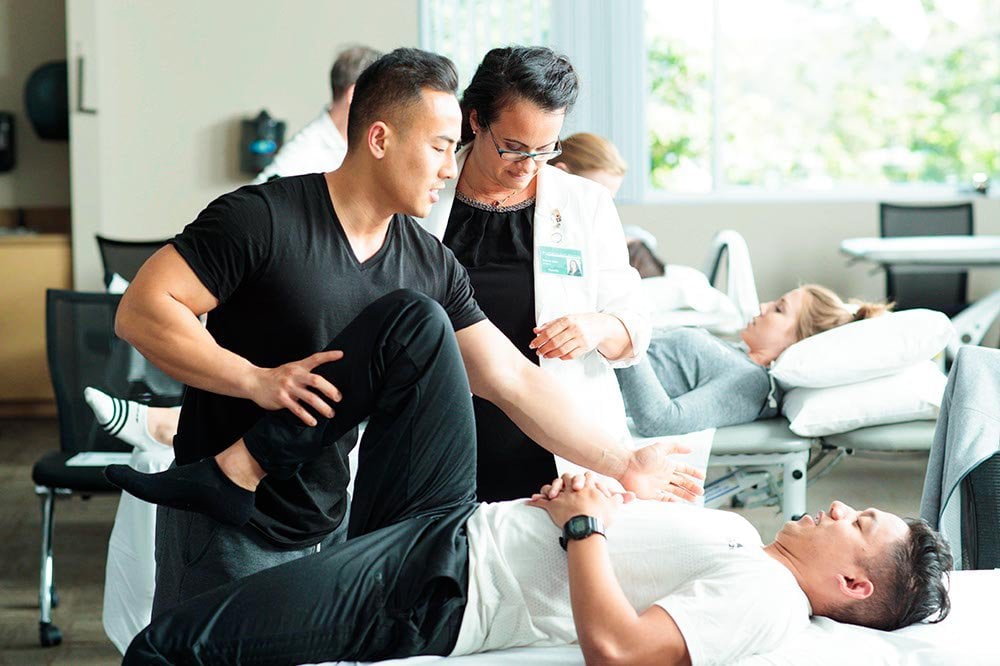Harnessing the Power of Physical Activity to Alleviate Persistent Discomfort and Enhance Standard of Life
Harnessing the Power of Physical Activity to Alleviate Persistent Discomfort and Enhance Standard of Life
Blog Article

Chronic discomfort affects millions of individuals worldwide and can substantially reduce the quality of living. It can arise from multiple conditions, such as arthritis, chronic pain syndrome, or previous traumas. While medications and treatments are commonly used to manage pain, a growing body of research shows that exercise can serve a crucial role in relieving chronic pain. Engaging in consistent physical activity can not only assist lower pain levels but also enhance overall well-being and capability. Understanding how exercise affects the body can enable individuals to take control of their pain relief.
Physical activity has several physical benefits that can help alleviate chronic pain. When people engage in physical activities, their bodies release endorphins, which are natural pain-relievers. Additionally, exercise can improve blood circulation and strengthen muscles, providing better support for joints. For those with conditions like arthritis, low-impact exercises such as swimming or biking can assist maintain joint mobility without putting excessive stress on the system. Consistent exercise also assists in preserving a healthy weight, which can reduce the stress on weight-bearing joints and further alleviate pain.
In addition to its physical benefits, exercise has a favorable impact on mental health. Chronic pain can often lead to feelings of anxiety and depression, which can worsen the perception of pain. Engaging in regular physical exercise can assist fight these emotions by enhancing self-esteem and improving mood. Collective exercises, such as yoga or core strengthening, also provide communal interaction, which can improve emotional backing. This combination of physical and mental health benefits makes exercise an essential component of a holistic pain management strategy.
It is important to approach exercise with caution, especially for those dealing with chronic pain. Starting slowly is vital to prevent worsening symptoms. Patients should think about seeking advice from healthcare professionals to develop a personalized exercise exercise for recovery after surgery plan that takes into consideration their particular conditions and constraints. Exercises such as stretching, walking, or gentle yoga can be great initial points. Slowly boosting the intensity and duration of workouts can assist build strength and endurance without inducing undue strain on the body.
In conclusion, utilizing the power of exercise can significantly reduce chronic pain and enhance standard of life. Regular physical exercise not only assists to lessen pain through the release of endorphins and improved muscle strength but also supports mental well-being. By including exercise into regular routines, patients can empower themselves in controlling their pain. A thoughtful and informed approach to exercise, directed by healthcare professionals, can lead to lasting benefits in health and overall standard of life.